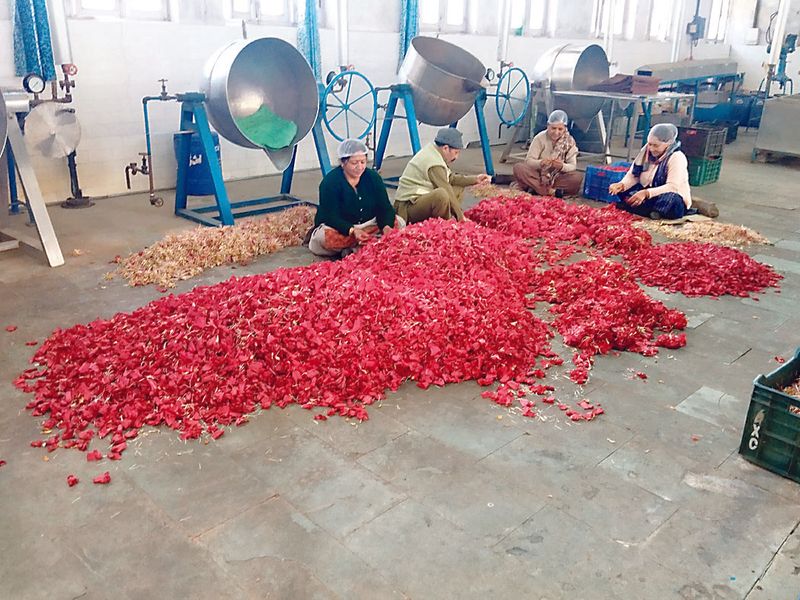The slow progress of the Kangra-Shimla two-lane highway between Ranital and Nadaun has become a major issue for villagers, as the construction company is failing to adhere to the norms set by the National Highways Authority of India (NHAI). Several stretches and culverts remain incomplete, making daily life difficult for residents and commuters.
During a visit to the area, locals complained about the severe dust pollution caused by ongoing construction. The company rarely sprays water to control dust, which enters homes and shops, leading to respiratory issues and eye ailments. Rakesh Kumar, a shopkeeper along the highway, said repeated requests to the company for regular water spraying have been ignored. With the arrival of summer, the situation has worsened, causing breathing problems for many residents.
Additionally, the construction of small and major culverts on the Jwalamukhi bypass has been left incomplete. No workers or machinery have been seen working on them. The same situation prevails for culverts under construction between Ranital and Nadaun, leaving dangerous potholes that are rarely filled.
In contrast, the highway section between Kangra and Ranital is nearly complete, as a different company is handling that portion. Frustrated residents have urged the authorities to ensure that the construction company completes the road, culverts, and bridges within a set timeframe to prevent further inconvenience.
The Ranital-Nadaun stretch is part of a strategic 225-km highway project that aims to link six lower hill districts with Shimla, the state capital. Divided into five construction packages, the highway will feature nine tunnels and four high-rise bridges, bypassing major towns like Darlaghat, Bilaspur, Hamirpur, and Jwalamukhi. Once completed, travel time between Kangra and Shimla will be reduced from six hours to four by car, cutting fuel consumption and enhancing road safety due to fewer curves.
According to NHAI sources, the longest tunnel will be constructed between Shalaghat and Piplughat. The project will also be the first in the region to use grid-based road technology, which minimises vertical hill cutting, lowers maintenance costs, and enhances safety. This innovative approach involves constructing the first lane on a higher slope and the second on a lower slope, forming a parallel grid structure.
Despite its importance, the delay in construction is causing significant distress to residents. Locals are now demanding stricter oversight and a time-bound completion plan to prevent further hardships.










